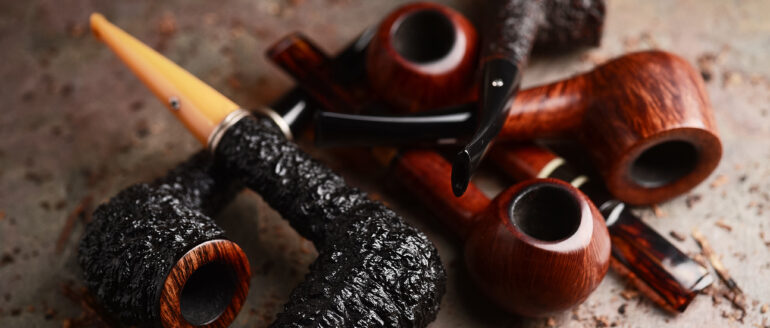
Some time ago, a good friend, an astute and seasoned pipe man, brought to my attention a very long running discussion over whether two tobaccos were, in fact, the same thing under different names, or were they actually different products. He sought my thoughts, more out of curiosity and a dive into the pool of conversation than anything else. At the time, I had little to offer him, as I’d only smoked older examples of one of the two, and had never tried the other. It seemed like as good a reason as any to do a little exploration. More than gaining the ability to offer a slightly more educated opinion, a potential answer to my friend’s question, I wanted to find out if the current version of the tobacco I knew was similar to my memories of it in the past.
Things like this aren’t what I’m usually concerned about. Most often, simply enjoying a bowl of a favored blend is all I’m after, but going into this with a different intention would present some interesting challenges. When smoking with my critical hat on, all sorts of things might come into the foreground that might otherwise fall into the realms of subliminality. This kind of geeky tobacco stuff is right up my street. This was going to be fun.
First, a little background. There is no shortage of examples of blends changing over time, sometimes morphing into something rather different from the original form. In the early 1980s, for instance, when Balkan Sobranie licensed the production of their most famous Smoking Mixture to Gallaher, the formulation was gradually changed over several years, and not insignificantly. While the original formula comprised nearly 50% latakia, the final recipe had the quantity of the smoky stuff reduced to about 35%. By doing it gradually, regular customers acclimated to small incremental changes to the point where they’d only notice a difference if comparing a fresh tin to one several years old, and by that point, the effects of aging would be more than sufficient to render subjective comparisons nearly meaningless.
Other times, when a blend’s manufacture changes from one company or location to another, changes can occur less intentionally. Different leaf sources, different manufacturing methods, different water supplies and even environmental factors like the natural microflora in the air can result in changes to the final product, some subtle, some less so.
Too, the branding of the same tobacco under two or more different names is not historically unusual. As one example out of many similar, Davidoff’s Royalty mixture, produced by McConnell in London, was at one time only available in the European market. When the Elephant & Castle brand was created in the early 1980s, their blends also manufactured by McConnell and imported and distributed by Marble Arch Ltd, Royalty was sold in the US as Cromwell. Had the two products been available in the same markets, it’s likely each would have had its adherents and its detractors. Branding can have that effect on perception.
Years ago, my friend Marty Pulvers told me about a customer who had relocated to San Francisco from New York. He came to Marty’s shop looking for something similar to his favorite blend from his old haunt. Marty called the shop, and asked about the blend, which turned out to be Lane’s 1Q, one of the most popular and successful bulk aromatic tobaccos ever produced. Of course, Marty could provide his new customer with the same tobacco that he sold under a different name. A couple weeks later, the fellow came back and said, “It’s very good, but I like my old blend a little more.”
Back to the future. Here I had an opportunity to explore two tobaccos, made at the same time, in the same factory, by the same methods, but sold under two different names. I acquired a fresh tin of each, selected a few pairs of similar pipes, and got to “work.” I also pressed into service a pair of matched pipes made for me years ago by Peter Heeschen made from the same block of briar with identical geometries; these are as close to one another as two pipes can be, and for as long as I’ve had them, they’ve been treated equivalently. I smoked each blend alternately in each pipe, recording and replicating the weight of each fill to eliminate the one variable I had some control over, and kept track of my impressions.
Before starting this exploration, I was slightly biased towards the idea that the two would be different. In reading through some of the seemingly endless threads on-line, I saw more than a couple side-by-side photos that made the two at least appear dissimilar, a fact confirmed by my own visual perceptions (see photo). And while many insisted, some citing “reliable inside sources,” that there was no difference between the two, others were equally confident that they were different. Perhaps most interestingly, amongst those who found them different, there was surprising consistency in their individual characterizations of the two tobaccos. Had they influenced one another?
The tin aroma of each was subtly different. One had a deeper, richer, “darker” aroma, with a toasted almost treacle-like character, while the other was a bit sharper on the nose, expressing more of a bright flue-cured astringency. Both presented that special perique funkiness that we all know and love, but in the first case, it was more in the background and on the fruity side, while in the second, it was more prominent and slightly peppery. (Perique is that way. It can be quite a chameleon, interacting with what it’s blended with more dramatically than any other tobacco I know.) Some of this difference could result from the two tins being made a few months apart, but to me, the differences were more likely from the tobaccos themselves.
The taste of each was, at least at first, generally reflective of their respective tin aromas. One is deeper, slightly sweeter, the other brighter and a bit spicier. But, as I went through the tins, every bowl was slightly different, both between one tobacco and the other, and between bowls of the same tobacco. As a result, my confidence in their differences grew increasingly uncertain, which I found fascinating. I’m not 100% certain I could tell one from the other in a blind test. They are certainly similar, but perhaps different enough to be interesting bedfellows. If someone likes one of them, there’s a high probability they’d like the other, perhaps equally. Maybe that’s all that matters.
In going through this process, smoking the two either back to back or side by side, a few things came into sharp focus. First, the second smoke from any pipe will always be a bit different from the first. This kind of goes without saying; it’s one of the reasons we give our pipes a rest if we want them to deliver their best. Too, when smoking critically, the difference between two pipes becomes all the more apparent. Even the two Heeschens, as identical as two pipes can be, express their contents slightly differently, amplifying the need to smoke both blends alternately in both pipes. And, despite the fact that my sensory memory is fairly acute and pretty reliable after so many years of doing what I do, it can still be tricked, emphasizing the need to keep notes; if I hadn’t there were times when I could have lost my place. Finally, the importance of not evaluating any tobacco based on a bowl or two was never made more clear.
How did these two compare with my memories of the past experiences with the one I knew? Impossible to say. Those memories are as old or older than the blend was when I last smoked it. I’ve always been skeptical when someone insists that some blend has or has not changed over time, and this little experiment does a lot to pin that skepticism to the corkboard. It’s a sort of Proustian journey. Memories of things past change with experience and with every recollection. Small changes from bowl to bowl, while not sufficient to trigger alarms, certainly can affect our confidence in those old memories. In the end, does it really matter? The important thing is our current enjoyment, and comparisons with the past are something of a fool’s errand.
It was fun to go through this process, and I’d happily do it again if presented with a similar challenge. Who’s right, those who think they’re the same, or those who think they’re different? As strange as it may be, maybe they both are.
2 Responses
Leave a Reply
You must be logged in to post a comment.




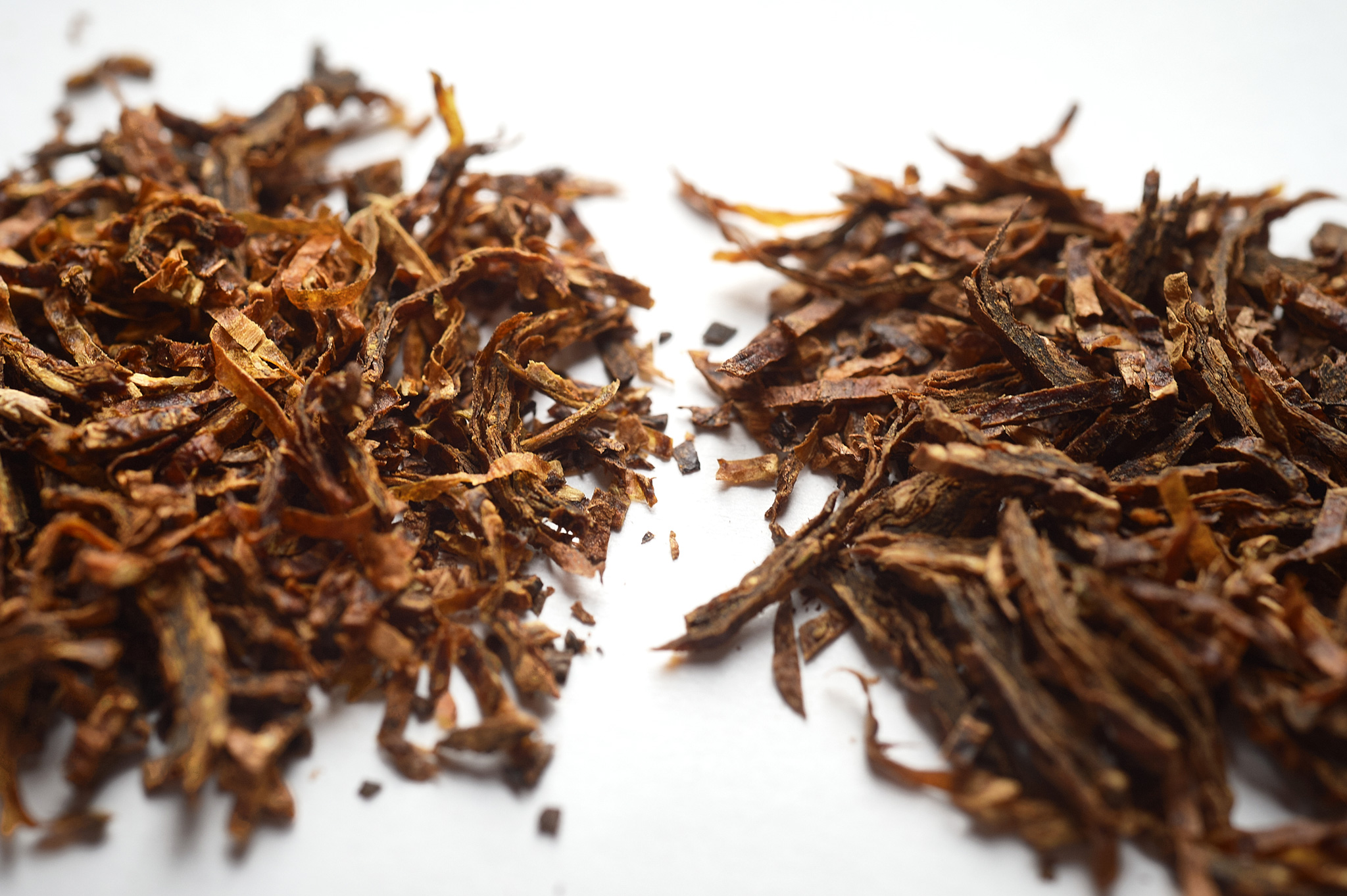
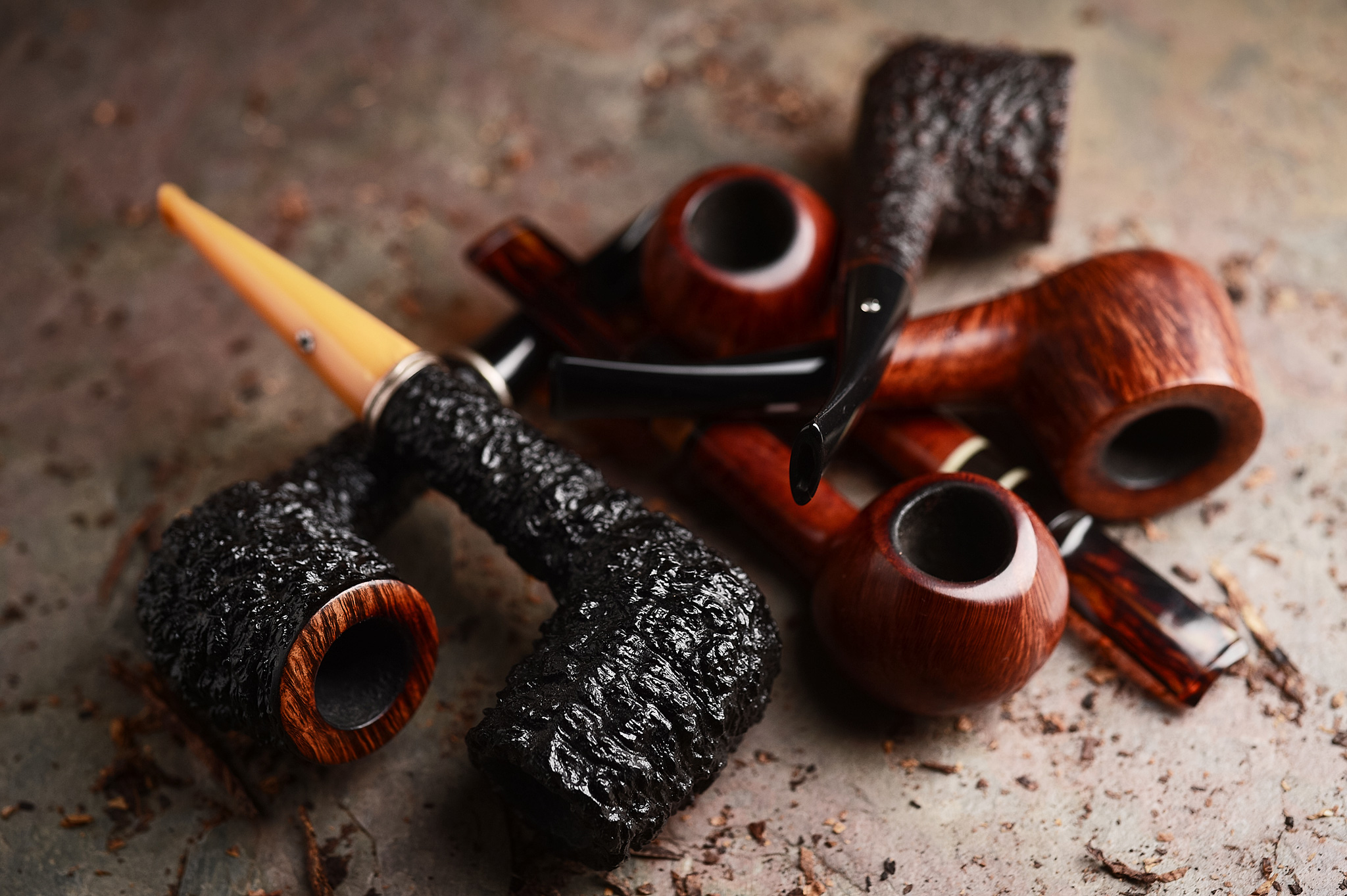
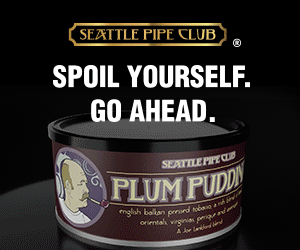



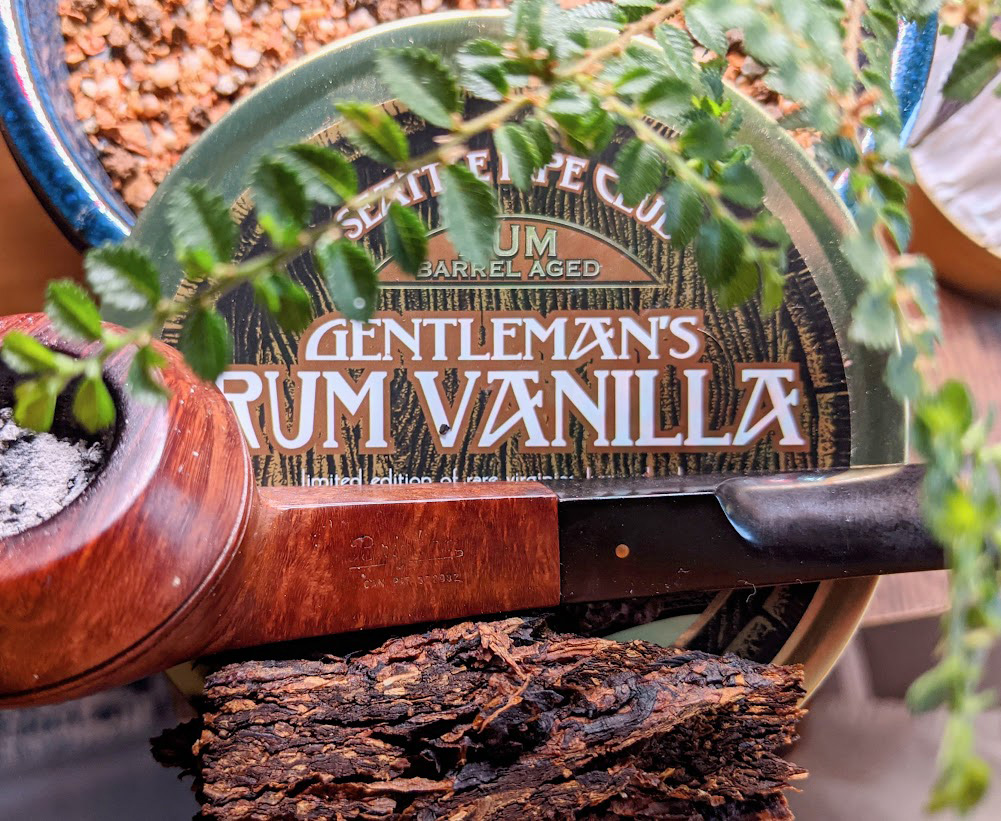

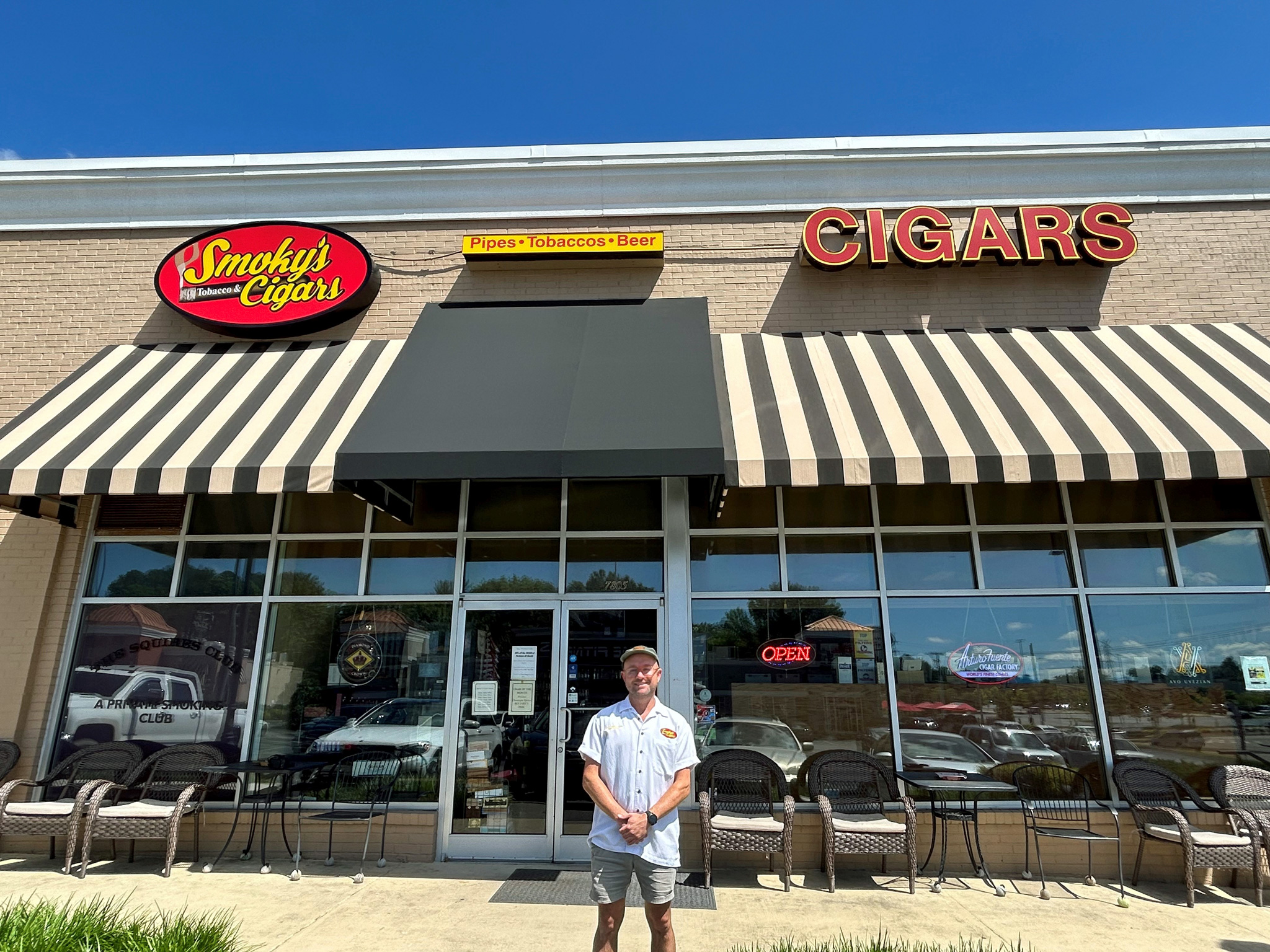






Changing the name of the blend “Royalty” to “Cromwell”for sale in the US gives a whole new meaning to the phrase “popping the top off” a tin.
Touché! An excellent riposte. I’m embarrassed to say that connection had completely escaped my notice.
-glp